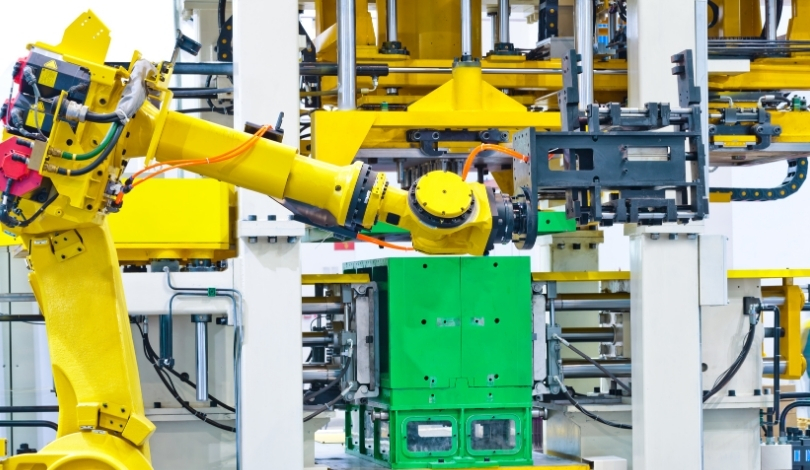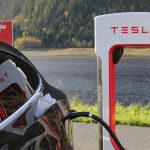Modern robotic systems face significant challenges in underwater environments, where traditional Global Navigation Satellite Systems fail to provide reliable information. An article in the Journal of Field Robotics titled “Pose‐graph underwater simultaneous localization and mapping for autonomous monitoring and 3D reconstruction by means of optical and acoustic sensors” presents a new strategy designed to address these issues. This approach implements a Maximum A Posteriori (MAP) technique within a Simultaneous Localization and Mapping (SLAM) framework. The integration of monocular camera data with Doppler Velocity Log (DVL) measurements offers a promising solution for ensuring both accurate navigation and detailed environmental mapping.
Enhanced Navigation Techniques
In the underwater context, where GNSS is not applicable, developing reliable localization and navigation systems is crucial. This has led to the exploration of MAP strategies that leverage the full history of system states. A novel sensor fusion algorithm has been devised, combining monocular camera input with DVL data to enhance SLAM capabilities. The algorithm’s ability to integrate landmark points significantly boosts its effectiveness in real-world applications.
Algorithm Testing and Validation
To validate the proposed solution, researchers conducted both simulated and real-world tests. The optical sensor provides constraints between vehicle poses and landmarks, while DVL measurements help solve the scale factor problem, maintaining accurate localization even without visual features. The SLAM algorithm’s mapping capabilities were tested using a Poisson reconstruction method, which generated a smooth seabed surface. An experimental campaign in Stromboli Island, Italy, further evaluated the algorithm’s performance in actual sea conditions.
Past research has explored various methods to enhance underwater navigation, including acoustic positioning systems and inertial navigation techniques. These methods, while effective to some extent, often faced limitations in terms of accuracy and environmental adaptability. The current approach builds on these foundations by integrating visual and acoustic data, thereby offering a more comprehensive solution. The inclusion of landmark-based navigation marks a significant advancement compared to previous methodologies that primarily relied on acoustic signals.
Earlier studies have highlighted the difficulties in real-time underwater mapping, especially when dealing with dynamic environments and changing visibility conditions. This new algorithm not only addresses these challenges but also enhances the mapping accuracy by utilizing a combination of optical and acoustic sensor data. The use of MAP strategies allows the system to account for historical data, providing a more robust framework for underwater SLAM.
The implications of this research extend beyond mere academic interest. The ability to accurately map underwater environments and ensure precise vehicle localization has practical applications in fields such as marine biology, underwater archaeology, and environmental monitoring. The combination of monocular camera data and DVL measurements offers a versatile and adaptable approach, enabling effective navigation and mapping even in challenging underwater conditions.
This research represents a notable step forward in the field of underwater robotics. By utilizing an innovative fusion of optical and acoustic sensor data, coupled with advanced SLAM techniques, the proposed solution significantly enhances both navigation and mapping capabilities. The successful implementation and validation of this approach in real-world conditions demonstrate its potential for wide-ranging applications, providing valuable tools for future underwater exploration and monitoring efforts.










